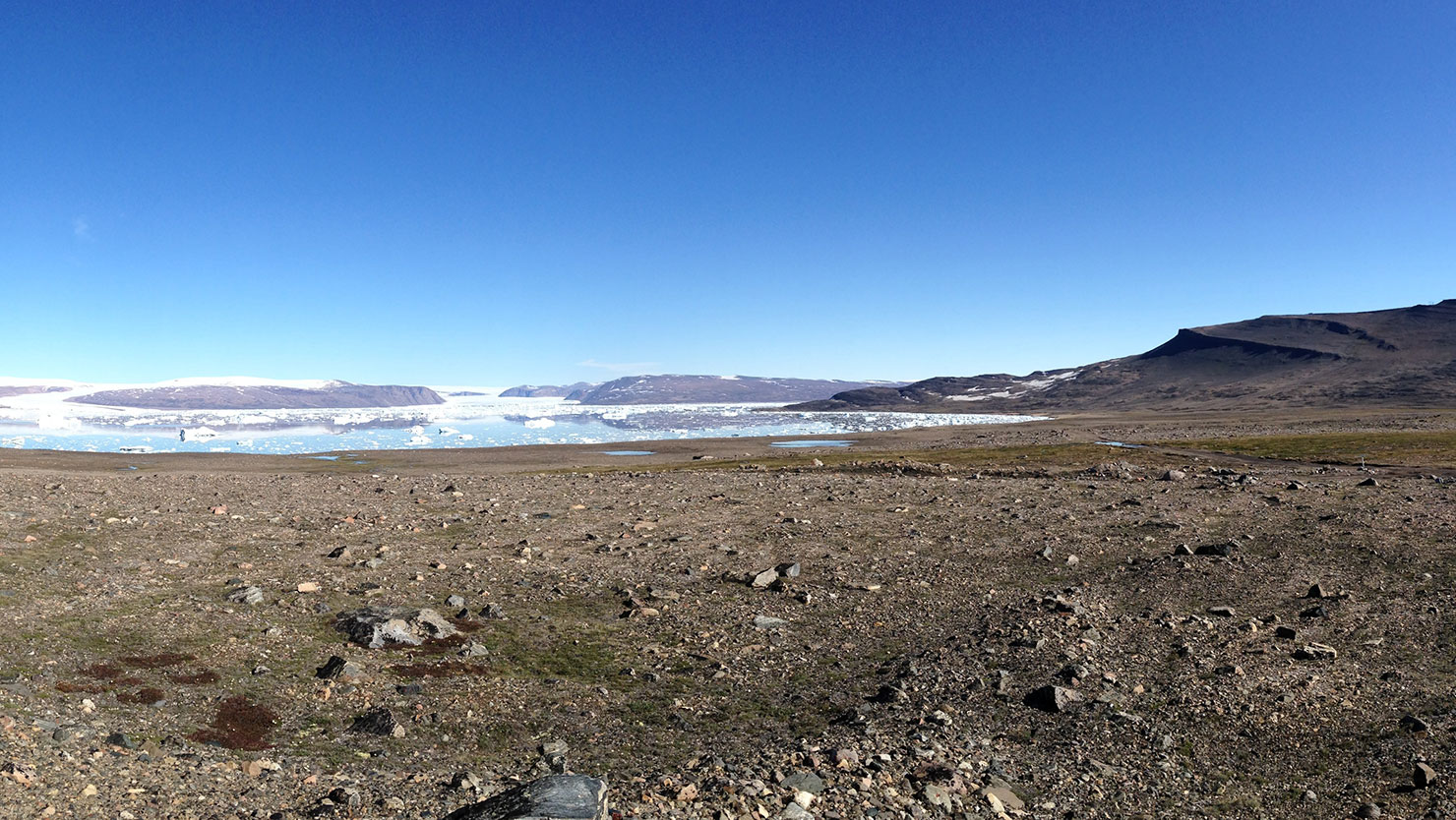Thule, Greenland - Day One

Arrived at Thule, Greenland after a 5 hr flight from Copenhagen. It was pretty interesting seeing a long line of people all getting on a flight that was headed to a part of the world that usually has less than 600 people there at any given time. Arrival was pretty straightforward, no jetway, no customs, no LCD screens telling you where to pick up your bag. Just a few military personnel checking your documents to ensure that you have the approval from the Danish government and USAF to be on base. First impression getting off the plane…it’s cold. Not as cold as I expected it to be but it was just 90 degrees F when I left home a few days ago.
Today’s high was 39 degrees F. Standing in the sun it’s not so bad but when the wind starts blowing it turns into a recipe for chapped lips and windburn. Oh and did I mention the massive mosquitos here? Not much wildlife in this part of the world but the mosquitos outnumbers the vertebrates probably a million to one. They are also VERY aggressive; they even swarmed the trucks while we were driving around the base. We were shown our living quarters, which were very nice, kind of reminded me of living in the dorms during undergrad. There are individual rooms and a shared bathroom on each floor. We toured the various sites that our collaborator Slava Epstein already pointed out as good sampling sites that vary in vegetation and proximity to water.

The land here is quite desolate, not much green, mostly moss and small shrubs growing. Traditional trees are nonexistent but “ground trees” are actually common. They are trees that grow outward on the grass and not upward. The rest resembles pictures taken by the mars rover. As the day goes by I noticed the sun was circling and I came to the realization that the typical artic summer was happening right in front of me. The sun literally circles and will not go down until around September. It was quite odd, getting in bed at midnight and seeing the sun still in the sky. Tomorrow will be more interesting since we will be going further away from base to sample additional areas.
— Manolito Torralba